If you’ve done your homework and determined that St. Augustine grass is ideal for your lawn’s requirements and location, you’re probably asking when is the best time to plant St. Augustine grass.
Planting is most successful when done at the correct time, so it’s essential to check the weather and make sure that the conditions are perfect. Read on and find out the best time to plant St Augustine grass.
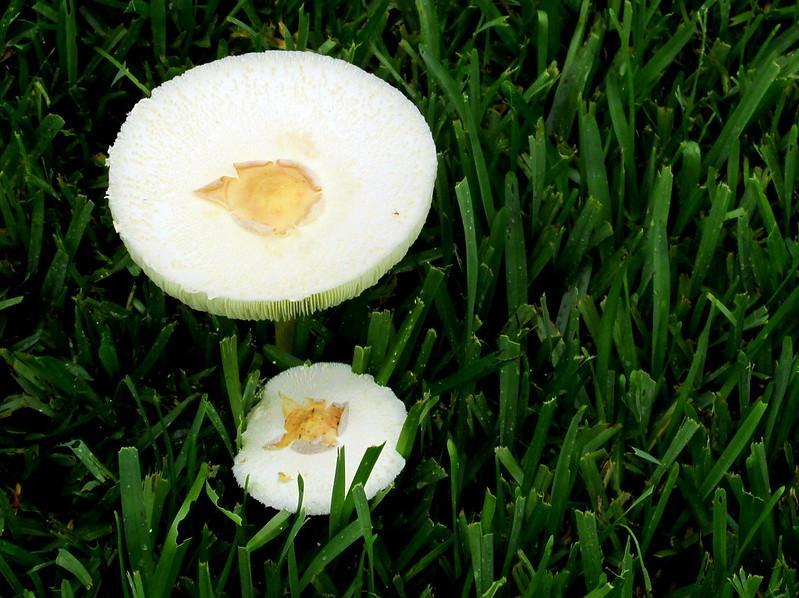
You can plant Saint Augustine grass year-round in warmer places with mild winters.
It’s understandable that some individuals have trouble selecting grass for their lawn, given the sheer variety of grasses available. Among these grasses is the St. Augustine grass, which is well-liked in the warm and humid climates of Florida and the Gulf states. The blue-green blades of this grass quickly fill in to form a dense turf that thrives in salty environments.
The lawn care that must be provided to a freshly established lawn might vary greatly depending on when in the year a fresh Saint Augustine grass was planted. So, when should you plant St. Augustine grass, so it has the best chance of survival?
St. Augustine grass requires warm weather to grow. Therefore, plugs, sod, and the seed should be planted in late spring or early summer. It thrives in temperatures between 80 and 100 degrees Fahrenheit. Additionally, St. Augustine grass should be planted at least 90 days before your region’s first estimated fall frost.
However, it is not quite as simple as it sounds. The ideal month for planting for you will vary depending on the weather and a range of other factors. Read on to find out!
Planting St. Augustine Grass In Winter
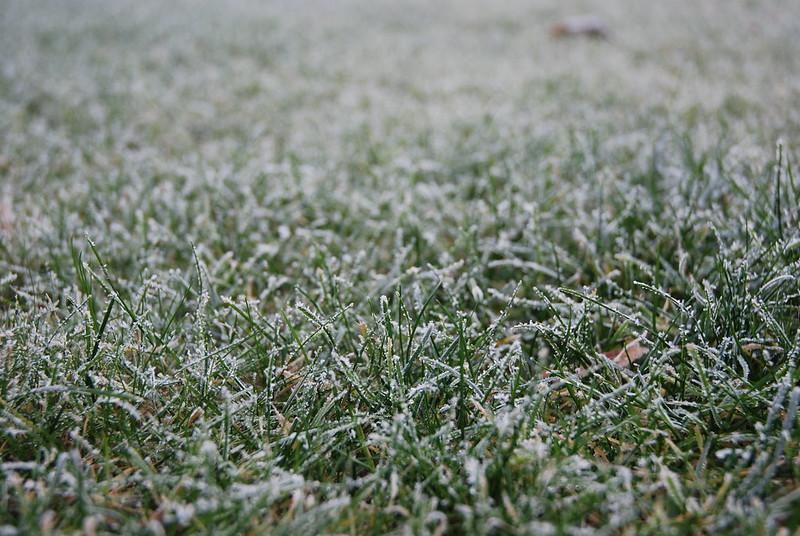
Planting new St. Augustine sod is a breeze, and we can do it at the end of winter in most climates.
Regardless of where you live, it is never a good idea to plant new rolls of Saint Augustine grass lawn in the wintertime. Therefore, it is in your best interest to hold off for a couple more weeks until spring arrives and make use of the additional time throughout the winter to get the grass soil ready. You may also safely plant St. Augustine grass near the end of the winter months in warmer places in most places.
This is because the weather is milder. However, the homeowner should always ensure that the winter season’s coldest period is over before planting. The milder winters in warmer places allow us to plant St. Augustine grass all through the fall and even into winter without any major problems emerging. Of course, the grass will need far less water during establishment.
The one and only exception to this rule would be to make every effort to steer clear of establishing a Saint Augustine grass in the areas that are the coldest in the heart of winter, even in the areas that are considered to have mild winters.
Related: How to Manage St. Augustine Grass Runners: A Comprehensive Guide
Planting St. Augustine Grass In Fall

Fall is often the proper time to sow warm-season grasses like St. Augustine.
Fall is an excellent time to establish a fresh St. Augustine lawn. The hottest part of summer is over, and sod will face significantly less strain than it would have been if we had planted it in the heart of the hot summer.
Also, you won’t have to water the new grass as often. Nonetheless, you should ensure that our newly planted grass in the fall has ample time to get firmly established before winter.
In addition, if the winters where you live tend to be exceptionally harsh, the newly planted turf will need an extended period of time to establish before the arrival of winter.
Consequently, in regions that have colder-than-average winters, we must plant the new St. Augustine lawn as soon in the autumn as feasible to give it as much time as possible to grow established before the onset of winter.
The sense of urgency is much reduced in places where the weather is warmer. Nevertheless, even in such locations, the cold can hinder progress and possibly cause harm. As a result, it is still recommended that the new St. Augustine lawn be established at the very least before the harshest parts of winter arrive.
Planting St. Augustine Grass In Summer

High temperatures of 80 to 100 °F are ideal for Augustine grass growth in the spring and summer.
The summer is the best time to plant Saint Augustine. Having said that, a few factors should be kept in mind.
To grow a Saint Augustine lawn in the summer, we must have access to water multiple times a day, especially during the hottest parts of the day. You need to keep the fresh lawn moist until the root system is well established.
For the first few weeks after installing Saint Augustine grass sod, this can mean watering several times a day so that the grass doesn’t dry up. This amount of watering can, of course, be gradually decreased as the weeks pass by.
However, if the newly installed Saint Augustine grass is allowed to become dry, the turf may easily and very soon begin to suffer.
Aside from that, planting Saint Augustine Grass in the summer, when it is at its most vigorous stage of growth, will result in the quickest establishment of this type of grass.
Related: How To Revive St. Augustine Grass | Why Is My St. Augustine Dying
Planting St. Augustine Grass In Spring
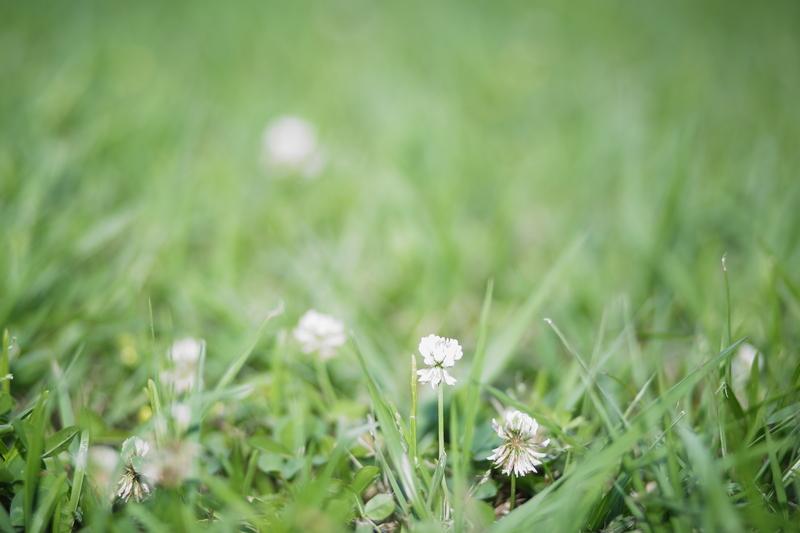
St. Augustine grass requires warmer temperatures to grow, so it should be planted in late spring or summer.
A fresh Saint Augustine lawn can also be laid down in the spring, which is an excellent time of year to do it. When spring arrives, the new sod has a far easier time sending out new roots into the earth than in winter.
The installation of a new lawn in the spring also implies that it will require significantly less consistent watering while it is getting established. And, of course, it goes without saying that if it rains, we won’t have to worry about watering the grass for the time being.
Furthermore, the temperature is still relatively mild, and it is gradually increasing in temperature as the fresh Saint Augustine lawn is also becoming more established.
This means that the lawn is able to withstand the increasing heat that will come with summer, and it should be established entirely by the time summer arrives.
Best Time To Plant St. Augustine Grass In The US
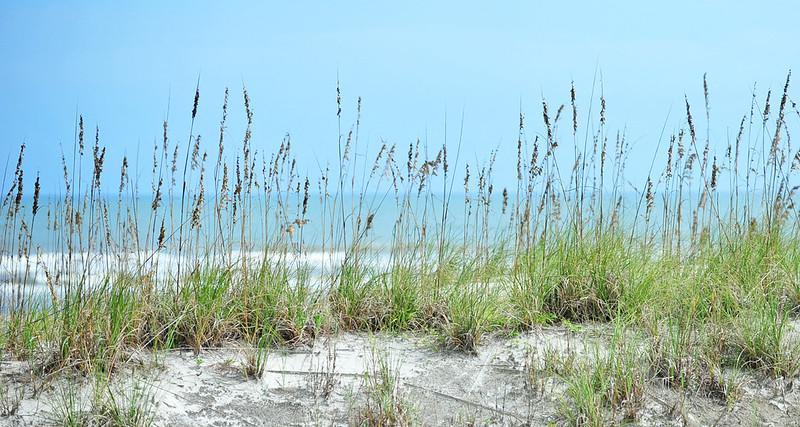
St. Augustine grass is best planted in the late spring or early summer in the United States.
The ideal time to plant something differs from region to region due to the myriad of varying climates and other aspects of the changing seasons that each area experiences. The following table provides information regarding the best time of year to plant St. Augustine grass in a number of different states.
| State | Plugs | Sod |
| California | Spring | early fall |
| Florida | Spring | Summer |
| Georgia | Spring | Summer |
| Louisiana | Spring | Summer |
| North Carolina | Late Spring | Summer |
| South Carolina | Late Spring | Summer |
| Texas | Spring | early fall |
Seed, Sod Vs. Plugs | Ideal Time To Plant
Depending on your needs, you might choose seed, sod, or plugs to establish a new St. Augustine lawn. However, the ideal time to plant these will vary.
For example, sod can become fully established in as little as 30 days if the conditions are good. Therefore, if you want to plant sod, the optimum time to do so might be later in the year. On the other hand, plugs take at least a few months (and frequently longer) to fill in.
Because of this, the optimum time to plant fresh grass is in the spring, when it will have the longest growing season. Lastly, there are the seeds.
To begin, planting St. Augustine grass seed at the optimal time is…never. That’s right. Growing St. Augustine grass from seed is nearly impossible. In fact, even sod farms must rely on the grass’s remaining runners in order to propagate fresh turf. Therefore, St. Augustine grass is never cultivated from seed.
Local Climate & St. Augustine Grass
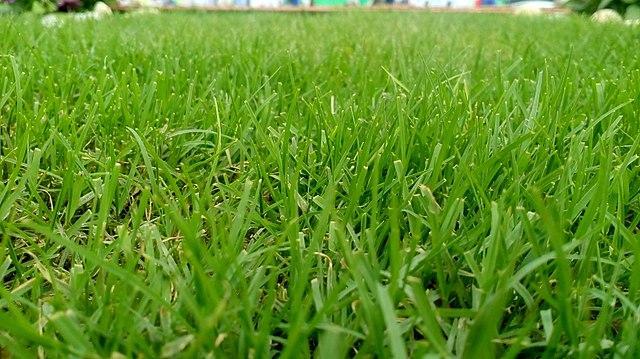
Avoid planting St. Augustine grass during the winter months if at all possible.
Always be sure to take into account the local environment. The typical temperatures and precipitation levels in your area will heavily influence the timing of your planting endeavors. Therefore, the response to the question of when to plant St. Augustine grass in Florida will not be the same as the response to the same question in Texas.
Rainfall
Your response will be impacted by the annual rainfall in your area, as drier regions will have a higher demand for supplemental watering. For St. Augustine grass, moist climates are easier to bear during the hottest times of the year.
Winter Temperatures
You should try to avoid the coldest months of the year for planting St. Augustine grass. However, you will have more options available to you if the winters in your region are not particularly harsh because the grass in your yard is less likely to be killed by the cold.
It is essential, however, that the St. Augustine grass be well-established before the onset of cold weather, mainly if the winters in your region are milder than average.
Summer Temperatures
Summertime temperatures are typically the most pleasant, but they can occasionally reach levels that are high enough to stress out new grass. If the high daily temperature where you live in the summer averages well over 100 degrees Fahrenheit, it may be preferable to plant in the spring or early fall (and 90 days before the first frost).
How To Plant St. Augustine Grass?
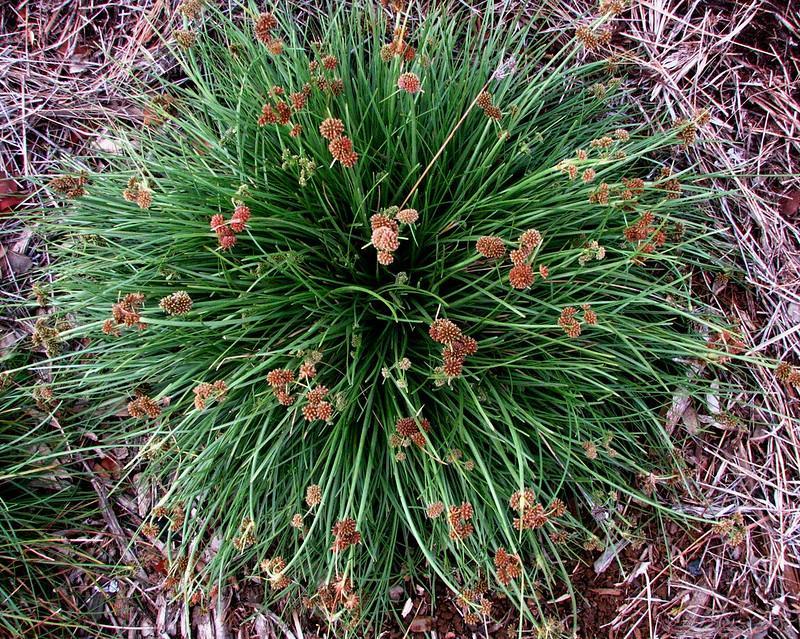
St. Augustine grass does best in warm temperatures, so sod or plugs should be planted in late spring or summer.
St. Augustine is sold both as sod and as plugs, giving you the flexibility to plant it in the most convenient way. It’s advisable to check with your neighborhood garden retailers because, depending on where you live, you might find it more easily accessible in one form than another.
Nevertheless, a few measures need to be taken before and after planting, no matter which method you choose.
- Remove any dead grass, sod, or weeds from the area.
- Loosen the ground up.
- Before you plant anything in it, water the soil.
- You can either plant the plugs or lay the sod.
- Distribute any compost, mulch, or fertilizer that you have.
- Compost or fertilizer with a high nitrogen content is ideal.
- If not, pick a well-balanced combination.
Related: St. Augustine Grass 101: Is It Any Good? And, How To Grow It In Your Yard?
Caring For St. Augustine Grass
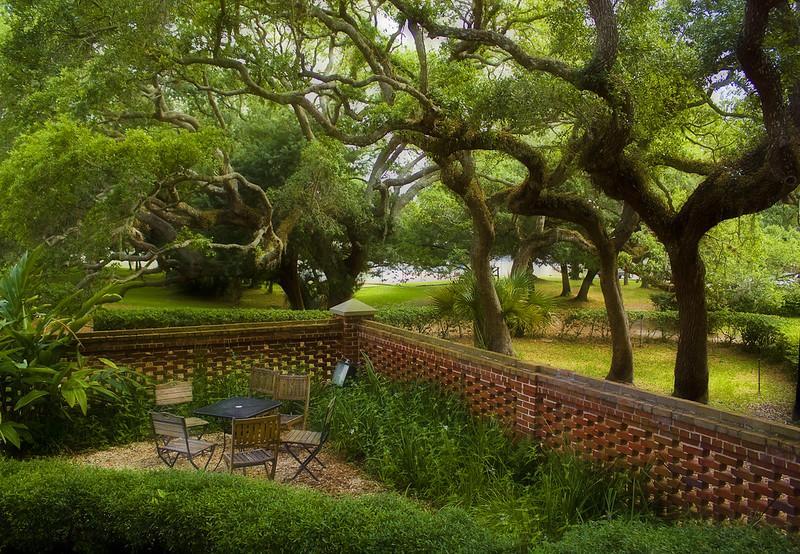
Many homeowners choose St. Augustine because of its attractive appearance and low maintenance needs.
When developing a management plan for your St. Augustine grass lawn, it is essential to consider the local climate and weather patterns. Some varieties of St. Augustine grass benefit from regular thatch removal but have drainage and infiltration problems that can only be resolved through core aeration. In addition to that, here are a few more things to keep in mind when it comes to the maintenance of St. Augustine Grass:
Watering
When the grass is first being planted and is in the process of sending down roots, it is imperative that the soil be maintained consistently moist.
The lawn could be irreparably ruined if it dries out now. Mature St. Augustine, however, thrives in soil that is kept moist for about six inches. This means you’ll need to water your St. Augustine lawn about twice each week in many regions.
Insects & Diseases
Many fungal diseases, such as brown patch, gray leaf spot, and down mildew, can affect this turf grass. Insects, including chinch bugs, sod webworms, and white grubs, should also be watched for. Disease control relies heavily on healthy cultural practices, including mowing, watering, and feeding. However, for advice and supplies on managing pests and diseases in turf grass, get in touch with your county extension agent.
Mowing
Your preference will determine how tall your grass should be when it comes to your yard. However, in my experience, the optimal height for St. Augustine grass is to have it mowed to somewhere between three and four inches. Just keep in mind that you run the risk of burning the grass if you cut it any shorter than three inches.
Fertilization
The best time to fertilize St. Augustine is in the spring, once it has begun to green up. As plants enter their winter dormancy in late summer, fertilizer application should be suspended. Also, you should add phosphorus and potassium to your soil after testing it in the fall. These macronutrients are best applied in the fall to allow them time to permeate the topsoil.
Aeration
If you live in a hot and humid environment where the soil is extremely compacted, you should aerate your St. Augustine lawn more frequently than once per year, but no more than twice per year. Once per year is advised. This aeration ought to occur when the growth is at its peak, typically at the summer’s start.
Thatch Removal
Dethatching St. Augustine grass is best done with a hand rake, not a power rake or scarifier. The integrity of the grass could be compromised if you dug too far into the top layer of soil. The stolons of the grass are another thing to think about. Accidental damage to stolon systems during dethatching can significantly restrict growth and spread.
Final Thoughts
St. Augustine grass is an excellent selection for lawn grass because of its rapid expansion, lushness, and lovely coloration. The best part is that any problems that arise during the growth of this grass are quickly remedied, which makes it a beautiful and stress-free grass that is well-suited for warmer and more humid residential settings. I hope that you find this information to be helpful as you continue on your adventure of lawn care!
Frequently Asked Questions
What is the best month to plant St. Augustine grass?
Since St. Augustine grass flourishes in heat, the best time to plant sod or plugs is toward the end of spring or summer. Also, pick a time that occurs after the final frost of winter and at least three months before the first frost of autumn.
How long does it take for St. Augustine to establish?
St. Augustine grass plugs require a week to two weeks for initial growth after installation, during which their roots will become established in the soil and begin to spread. When given enough water and room, this grass grows quickly. When plugs or sod are spaced appropriately, a whole area can be covered in just one growing season.
Can you plant St. Augustine in the winter?
Augustine grass can be planted at any time of the year in warmer places that do not have winters that are projected to be very cold. However, the St. Augustine grass is naturally dormant during the winter months; therefore, it is imperative to lay the sod no later than the middle of July to ensure appropriate soil adherence and root growth.
Can I just put St. Augustine over my existing grass?
In a nutshell, yes, you can put St. Augustine sod directly on your current lawn. However, sod cannot be installed directly onto grass without first removing the grass and preparing the surface. It may seem like a great time saver, but it won’t last long if your new sod doesn’t have any dirt to root into.
Will St. Augustine grass take over weeds?
Augustine is an aggressive and competitive type of grass, which allows it to battle weeds. If given the opportunity, St. Augustine grass has the potential to take over and suffocate the majority of the shrubs in your yard.
Sources for Further Reading
St. Augustine Grass – Gardening Solutions – University of Florida, Institute of Food and Agricultural Sciences. (2022). Retrieved 20 November 2022, from https://gardeningsolutions.ifas.ufl.edu/lawns/turf-types/st-augustinegrass.html
St. Augustinegrass Yearly Maintenance Program. Clemson University Cooperative Extension Service. (2022). Retrieved 20 November 2022, from https://hgic.clemson.edu/factsheet/st-augustinegrass-maintenance-calendar/
Healthy lawns. Augustinegrass. Agriculture and Natural Resources, University of California. (2022). Retrieved 20 November 2022, from http://ipm.ucanr.edu/TOOLS/TURF/TURFSPECIES/staugust.html
Editor’s Recommendations
Dethatching St. Augustine Grass: A Complete Step By Step Guide
How To CORRECTLY Plant St. Augustine Grass Using Plugs? The Ultimate Guide
How To Make St. Augustine Grass Grow Thick & Spread Fast | Tips From Experts







